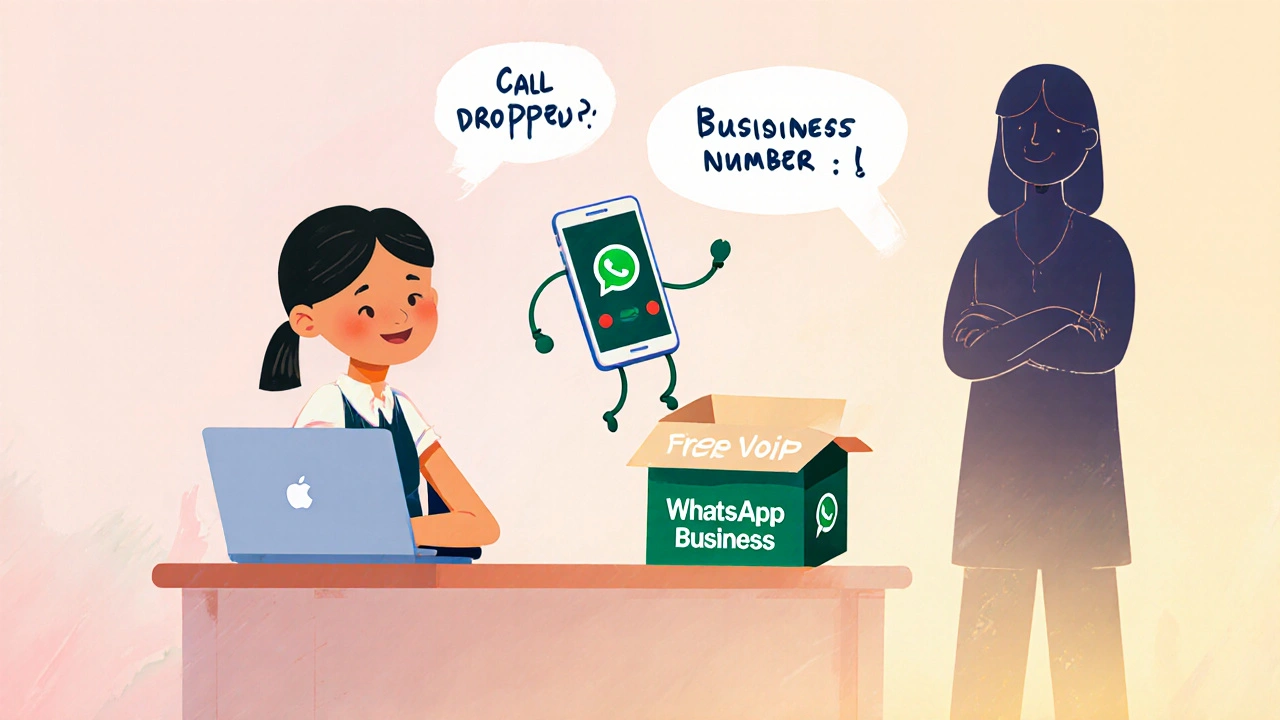Microsoft Teams free: What You Get, What You Miss, and Better Alternatives
When you sign up for Microsoft Teams free, a free version of Microsoft’s collaboration platform that includes voice calling, chat, and file sharing. Also known as Teams Basic, it’s designed for small teams who want to skip the cost of a full business phone system. But here’s the catch—it’s not a VoIP phone system. It’s a messaging app with calling tacked on. If you’re hoping to replace your landline or use it for serious customer service, you’ll hit limits fast.
Teams free lets you make calls to other Teams users, but you can’t dial regular phone numbers unless you pay for a license. No 1-800 numbers. No local numbers. No call forwarding to mobile. You also get only 60 minutes of outbound calling per user per month, and no call recording, no auto-attendant, no call analytics. That’s fine for quick team check-ins, but useless if you’re running a small business or handling client calls. Compare that to real VoIP services like OpenPhone or Quo, which give you unlimited calling, SMS, and real phone numbers—even on free plans.
Another problem: Teams free doesn’t work well without a Microsoft 365 account. If your team uses Gmail or ProtonMail, you’re stuck managing two logins. And if you need to call someone outside your organization, they have to download the Teams app too. That’s a dealbreaker for clients, vendors, or family members who just want to pick up the phone. Real VoIP systems let you call any number, from any device, with no app installs. Plus, Teams free has no SIP support, no ATAs for old phones, and no way to integrate with call center tools like call tagging or IVR.
What’s really missing in Teams free?
It lacks the core features that make VoIP useful for business: call recording, the ability to save and review conversations for compliance or training, call routing, automatically sending callers to the right person without an agent, and VoIP analytics, data that shows which calls are dragging down your team’s performance. You won’t find any of that in Teams free. Even basic tools like setting up a virtual receptionist or tracking call volume are locked behind paid tiers.
People choose Teams free because they think it’s "free"—but the real cost is time. Time spent explaining why clients can’t reach you. Time lost because you can’t record important calls. Time wasted trying to make it work like a real phone system. If you’re using it for remote teams, you’re better off with a dedicated VoIP service that works on any network, supports eSIMs while traveling, and doesn’t lock you into Microsoft’s ecosystem. The posts below break down exactly what you can do with Teams free, what you need to upgrade to, and how other tools outperform it—without the price tag.
